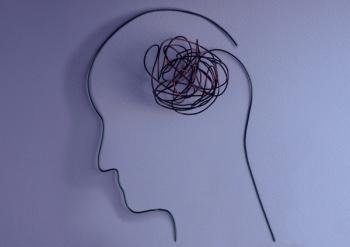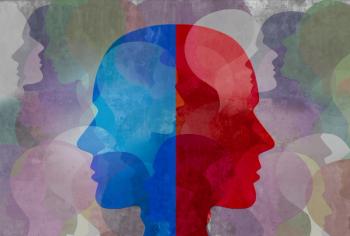
|Slideshows|February 13, 2020
4 Variants of Bipolar Disorder Recognized in ICD and DSM
Author(s)Laurie Martin
An accurate assessment of bipolar disorder requires psychiatric evaluation of a range of symptoms marked by extreme mood changes and other factors described in brief.
Advertisement
Newsletter
Receive trusted psychiatric news, expert analysis, and clinical insights — subscribe today to support your practice and your patients.
Advertisement
Latest CME
Advertisement
Advertisement
Trending on Psychiatric Times
1
New Phase 3 Clinical Vocal Biomarker Data on Brilaroxazine to Treat Negative Symptoms in Schizophrenia
2
The Bind of the Binary: Psychiatry’s Critics and the Law of the Excluded Middle
3
Accident, or Is It? The Watershed Area Between Trauma and Suicide
4
FDA Accepts Investigational New Drug Application for COMP360 for PTSD
5

















